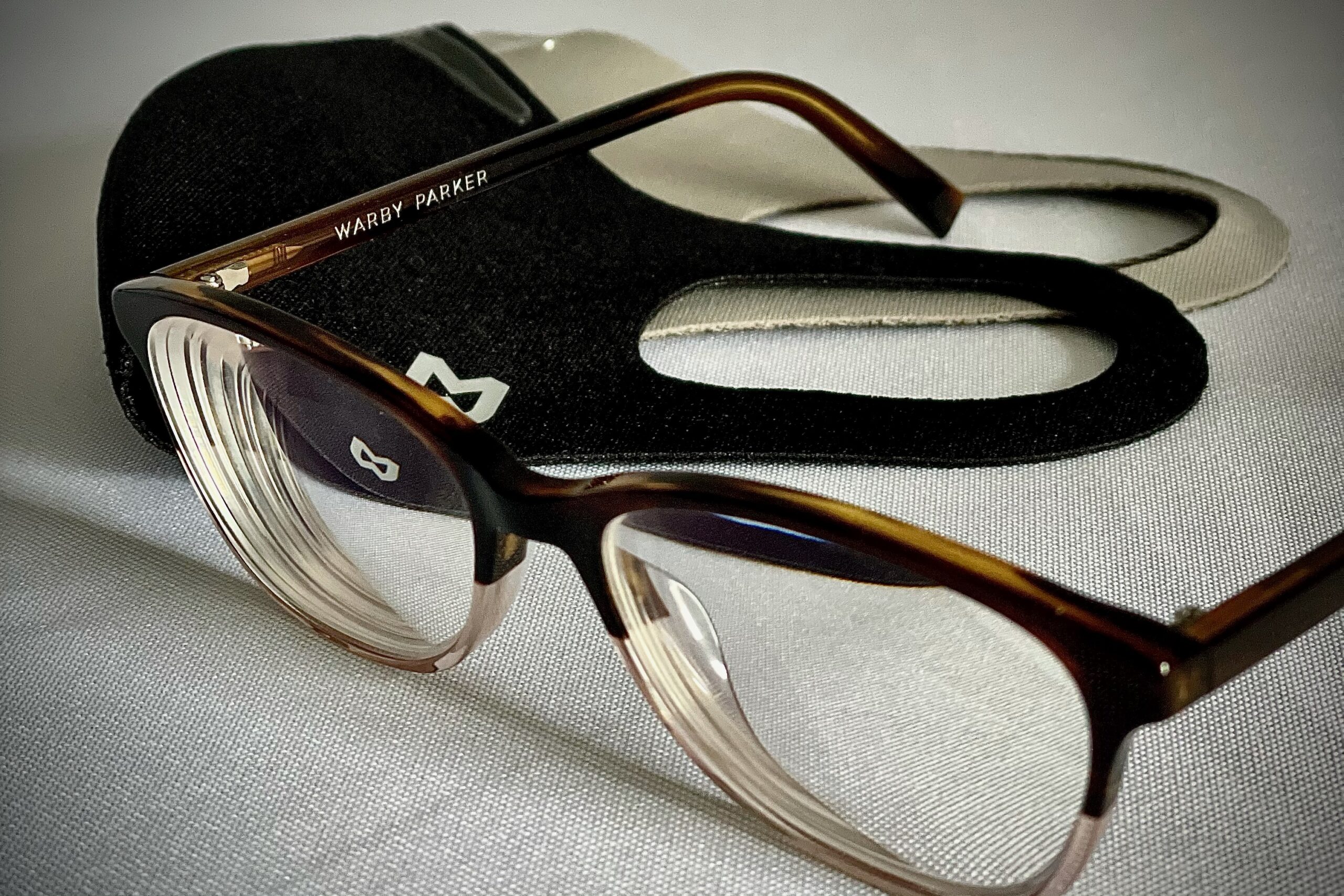Diabetic eye disease refers to a number of diseases that may occur if you’ve been diagnosed with diabetes. When you think of diabetes, eye problems are likely not the first thing that comes to mind. However, serious damage can be caused to the blood vessels in the eye when blood sugar levels in the body rise above normal. Some of the common eye diseases include diabetic retinopathy, diabetic macular edema, glaucoma, and cataracts. Though anyone can develop some of these eye diseases, diabetes increases the chances of developing these issues.
Here are a few tips for dealing with diabetic eye disease:
1. Manage your blood sugar levels
It’s important that your blood sugar levels aren’t too high or low. One way to manage this is to focus on how your diet can affect you in the long run. For example, carbohydrates are broken down into simple sugars when they enter the bloodstream. This causes your blood sugar levels to rise and signals the pancreas to release insulin. As a result, the cells in your body absorb the sugar, which ultimately causes blood sugar levels to drop.
Another simple health tip to keep your blood sugar levels in check is to make sure you stay hydrated. We recommend keeping a water bottle on you throughout the day! Taking preventative measures to avoid a blood sugar spike will reduce your chances of diabetic eye disease down the road.
Eating appropriate foods to manage glucose levels is essential, but it doesn’t have to be daunting! Ease the stress of having to research and plan meals by following a meal plan. You can find meal-planning tips and recipes here.
2. Be active
Another great way to help control blood sugar levels is to get moving. Exercise and light activity can increase the sensitivity of cells to insulin, and also cause muscle cells to absorb sugar from the blood. For some people, exercising is easier said than done, so don’t be afraid to go at your own pace. Start with a slow 10-minute walk a few times a week and build from there. Any form of movement will have a similar positive effect on blood sugar levels.
If you’re not used to maintaining an active lifestyle and need help making it a regular part of your daily routine, ask a friend or family member to join you and hold you accountable. Find something you enjoy doing and are likely to keep up with. Whether it be a daily stretching routine or practicing fundamental workouts 3 or 4 times a week, make sure it’s not something you dread. Our body is made to move and be active, so when you feel unmotivated, remind yourself of the immeasurable benefits. Exercising will help maintain blood sugar levels, which will in turn help prevent vision problems in the future!
3. Get yearly eye exams
While yearly eye exams are important for all individuals, they are crucial to those who live with diabetes. It is essential to stay on top of vision care if you’ve been diagnosed with this disease. Eye problems left untreated or undiagnosed can lead to vision damage and even blindness. Some symptoms to be aware of are blurry vision, difficulty reading, “floating” spots, or seeing objects in the distance. If any of these symptoms arise, don’t hesitate to schedule an appointment with your eye doctor as it can prevent the issue from getting worse.
Even if you haven’t noticed the effects of your diabetes on vision, yearly eye exams are a great way to track your eye history and keep an eye on any changes that may arise. Your yearly eye exam is a great way for your doctor to check for small changes. Your vision can change very frequently, and people with diabetes are more likely to experience changes at an even greater rate, making updated prescriptions that much more important. Eyeglasses are a wonderful option if you begin feeling the effects of diabetic eye disease as they can help you see more clearly until you get your blood sugar levels under control.
A diagnosis of diabetes comes with a slew of new worries and responsibilities in caring for your health. Vision care is often put on the back burner, but it’s important to practice preventative care options to protect your eyes now and in the future. Implement a few of these tips into your daily routine to help prevent diabetic eye disease from developing.

